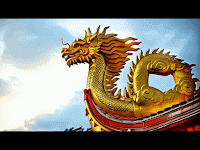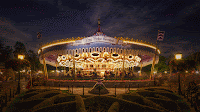Life at the castle The castle was the summer residence of the lords and marquises of Bergen op Zoom. Many people lived and worked at the castle, not only the nobles, such as the marquises and their famous warlords from the Middle Ages and the Eighty Years' War, but also their staff and soldiers. All these people have left their mark. Many items have been found in and around the castle, from coins to clothing and from games to cooking utensils.



















